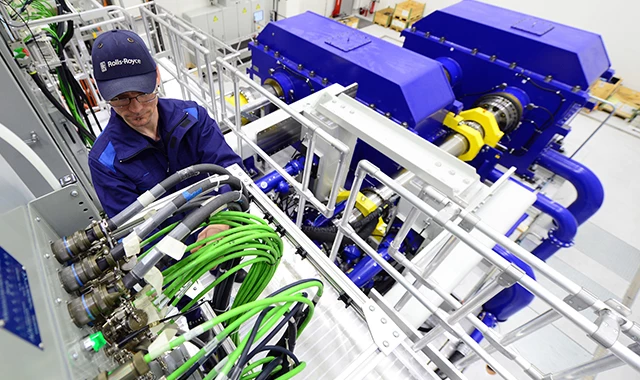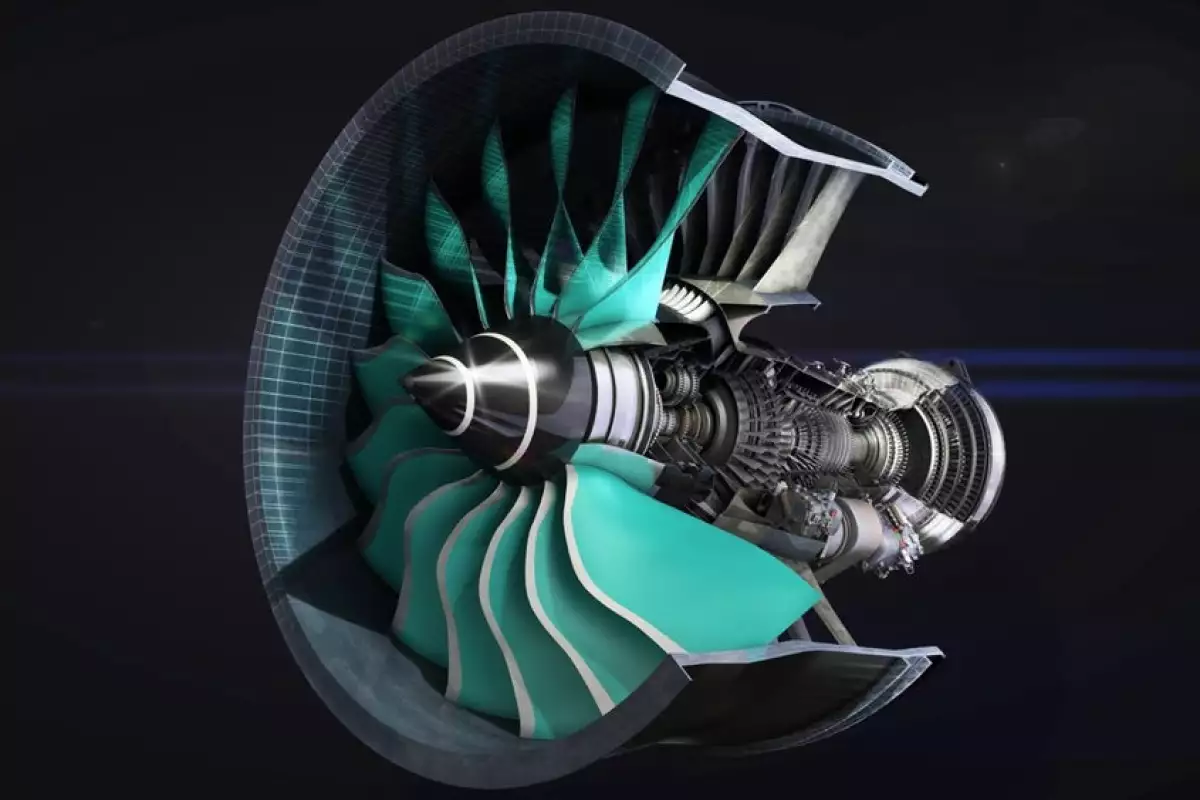A successful test has seen Rolls-Royce claim the world record for the world's most powerful aerospace gearbox with its Power Gearbox. The unit is capable of handling the power from around 400 regular family cars running at full throttle and will form a key part of Rolls-Royce's next-generation UltraFan engine, allowing it to operate efficiently through the full range of thrusts.
The Power Gearbox was first tested last year, but power wasn't the focus. Engineers used the Rolls-Royce Attitude Rig to simulate climbing, descending and banking, and find out how each maneuver affected the oil system.
The latest tests were more rigorous. Paul Stein, CTO at Rolls-Royce, used a speech at the International Society for Air Breathing Engines (ISABE) to announce 70,000 hp (52,199 kW) had successfully been run through the 'box at the company's German facility. It will eventually channel 100,000 hp (74,570 kW), at which point Rolls-Royce says each pair of teeth on the gearbox will be transmitting more power than the entire F1 grid.

Why? Well, fitting bigger fans to aircraft engines delivers more power, but it also necessitates the fitment of bigger turbines – and there comes a point where turbines would need to be prohibitively large for any meaningful power gain. UltraFan is designed to avoid this problem, using the (planetary) Power Gearbox to keep the turbine and fans spinning at the ideal speed throughout a flight for more power and better efficiency.
"Setting this record is a great achievement for the team and I'm proud we've managed to get there so quickly," says Paul Stein, CTO at Rolls-Royce. "Our Power Gearbox technology is central to the success of the next generation of Rolls-Royce jet engines and I'm pleased to see us pushing back engineering boundaries with this work."
When it arrives in 2025, the UltraFan engine is expected to be around 25 percent more efficient than current-generation Rolls-Royce Trent engines.
Source: Rolls-Royce Aerospace





